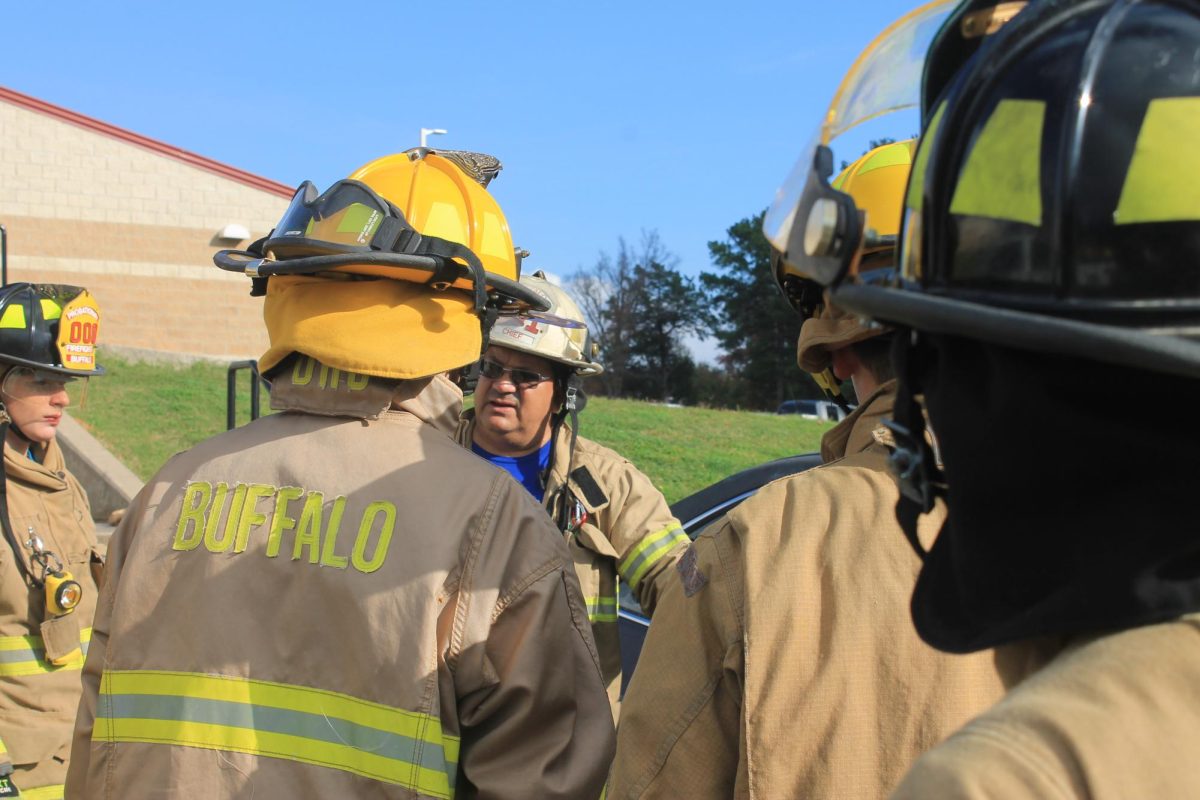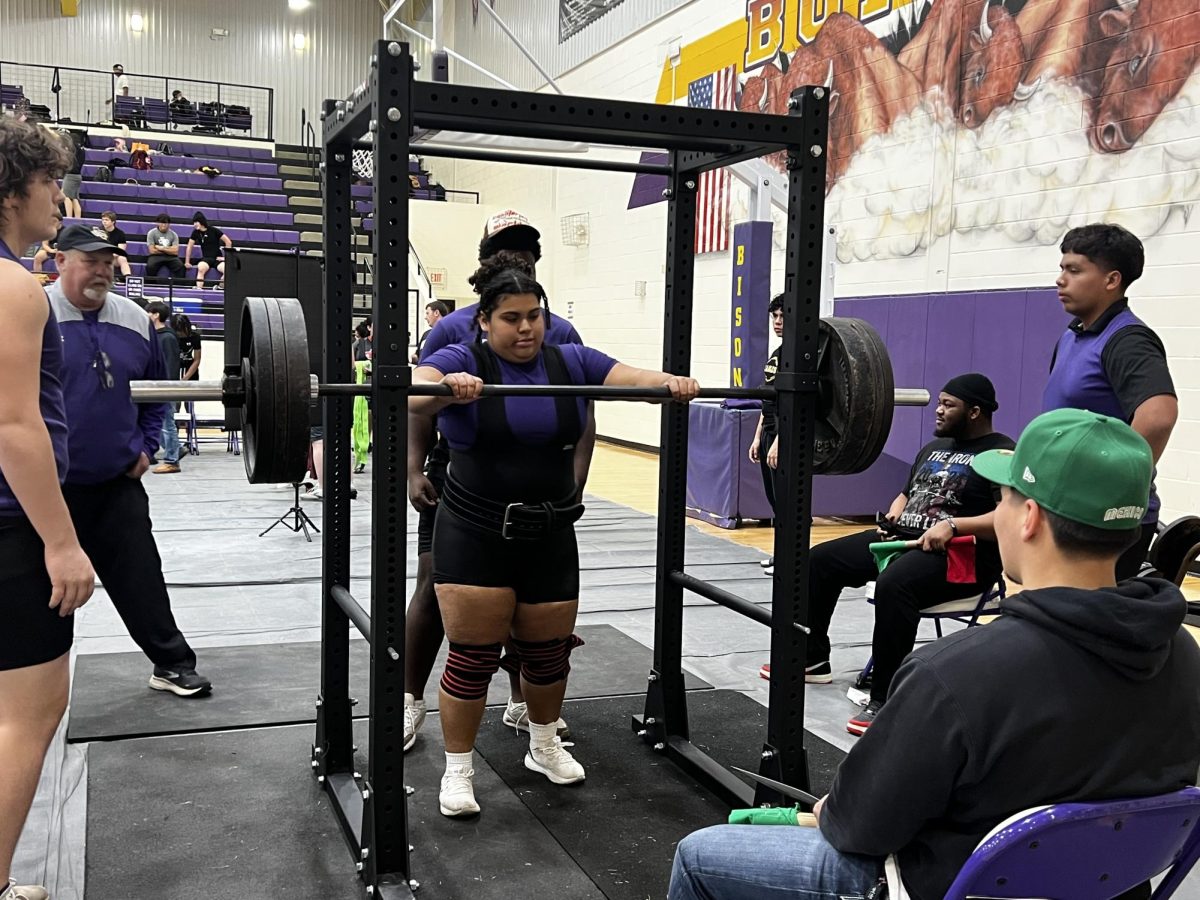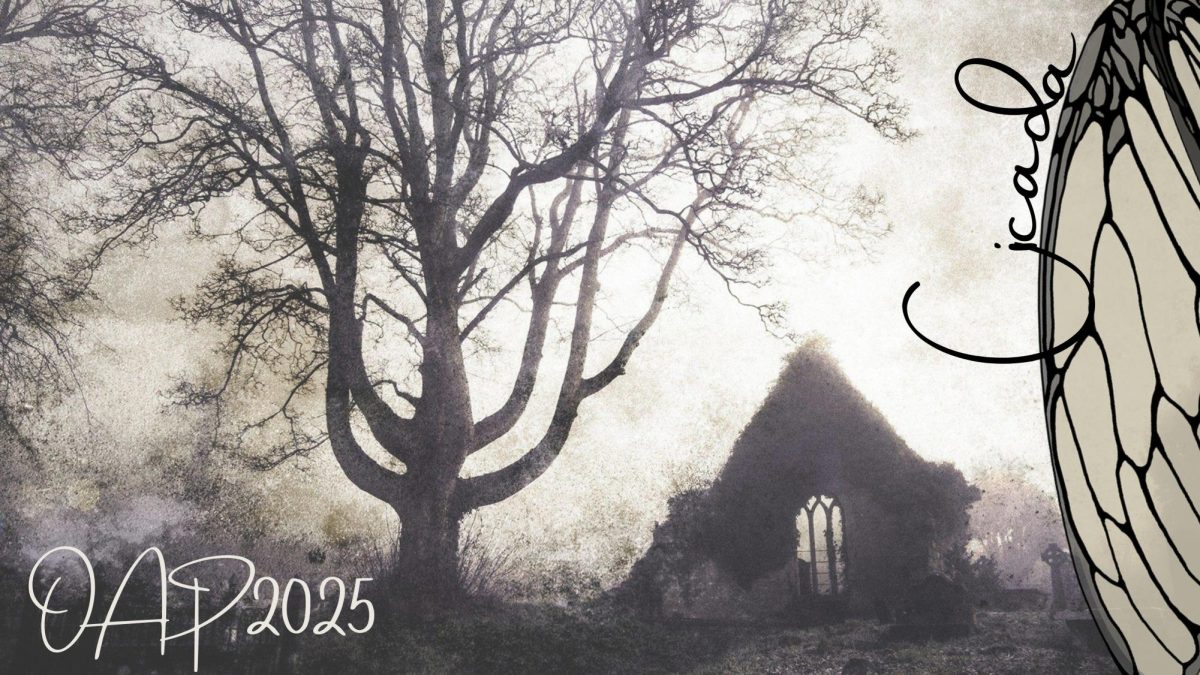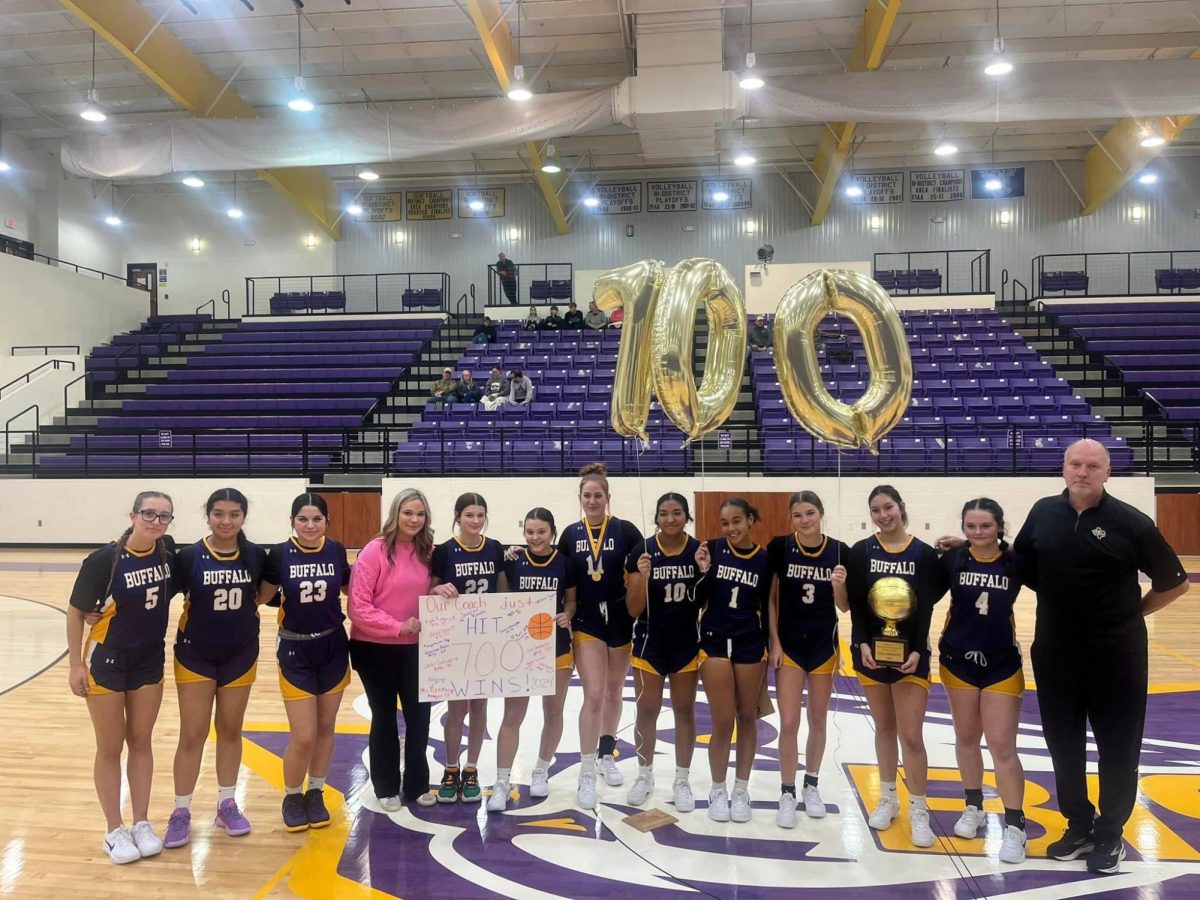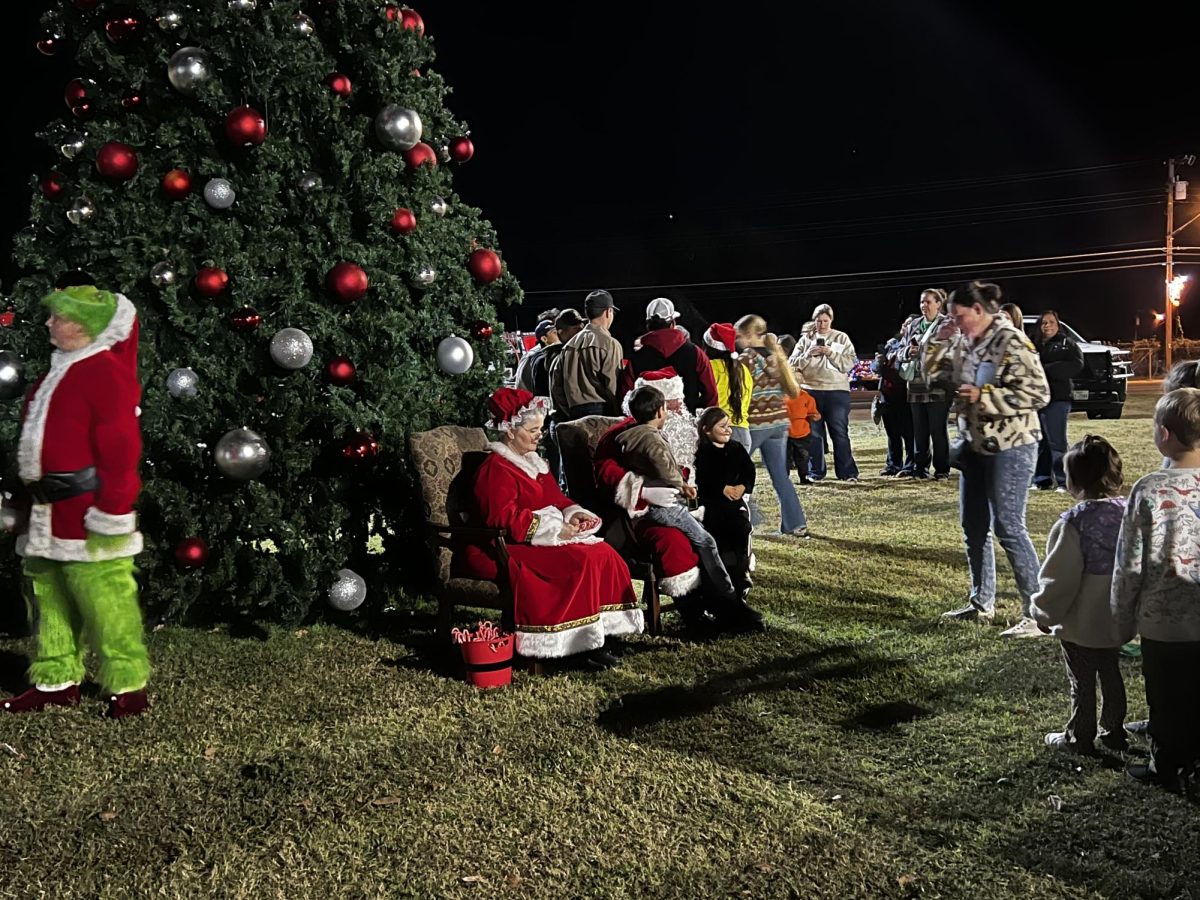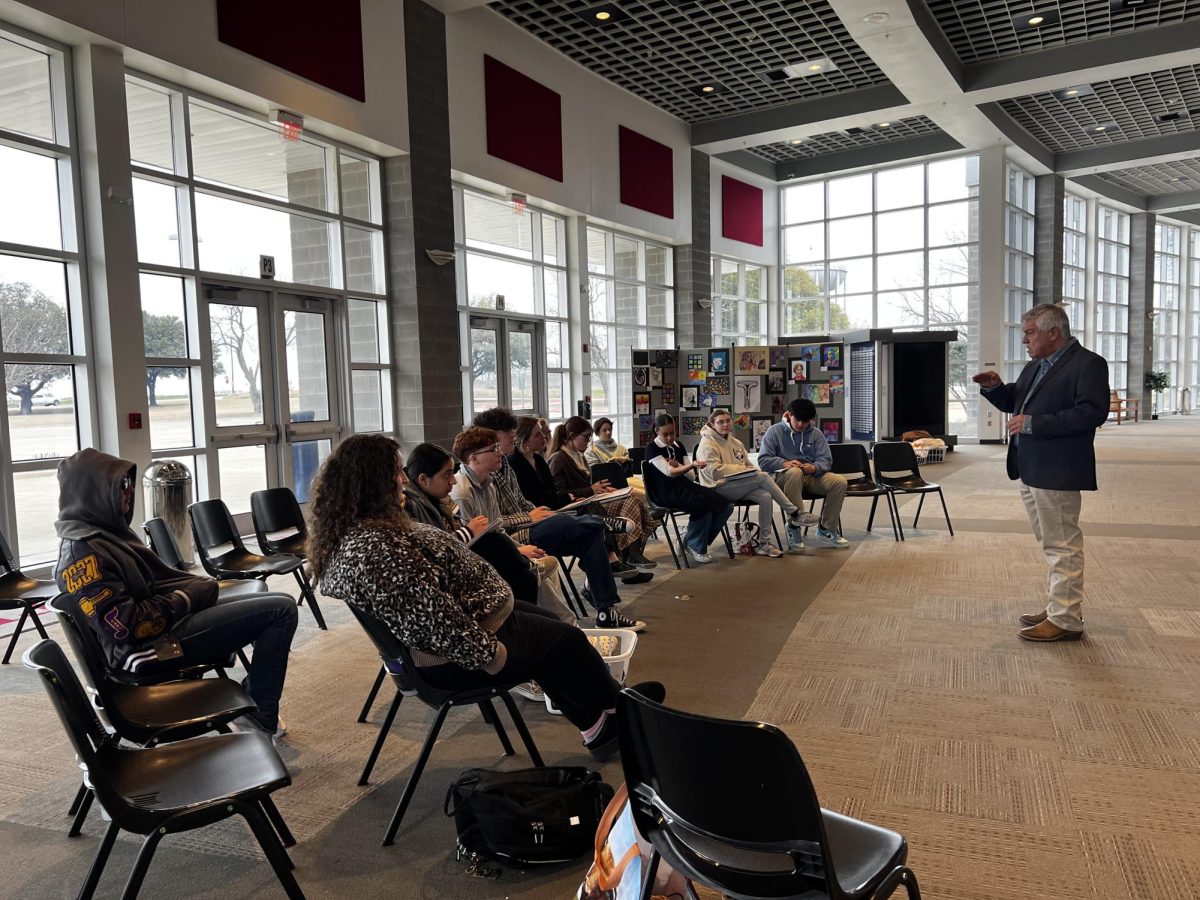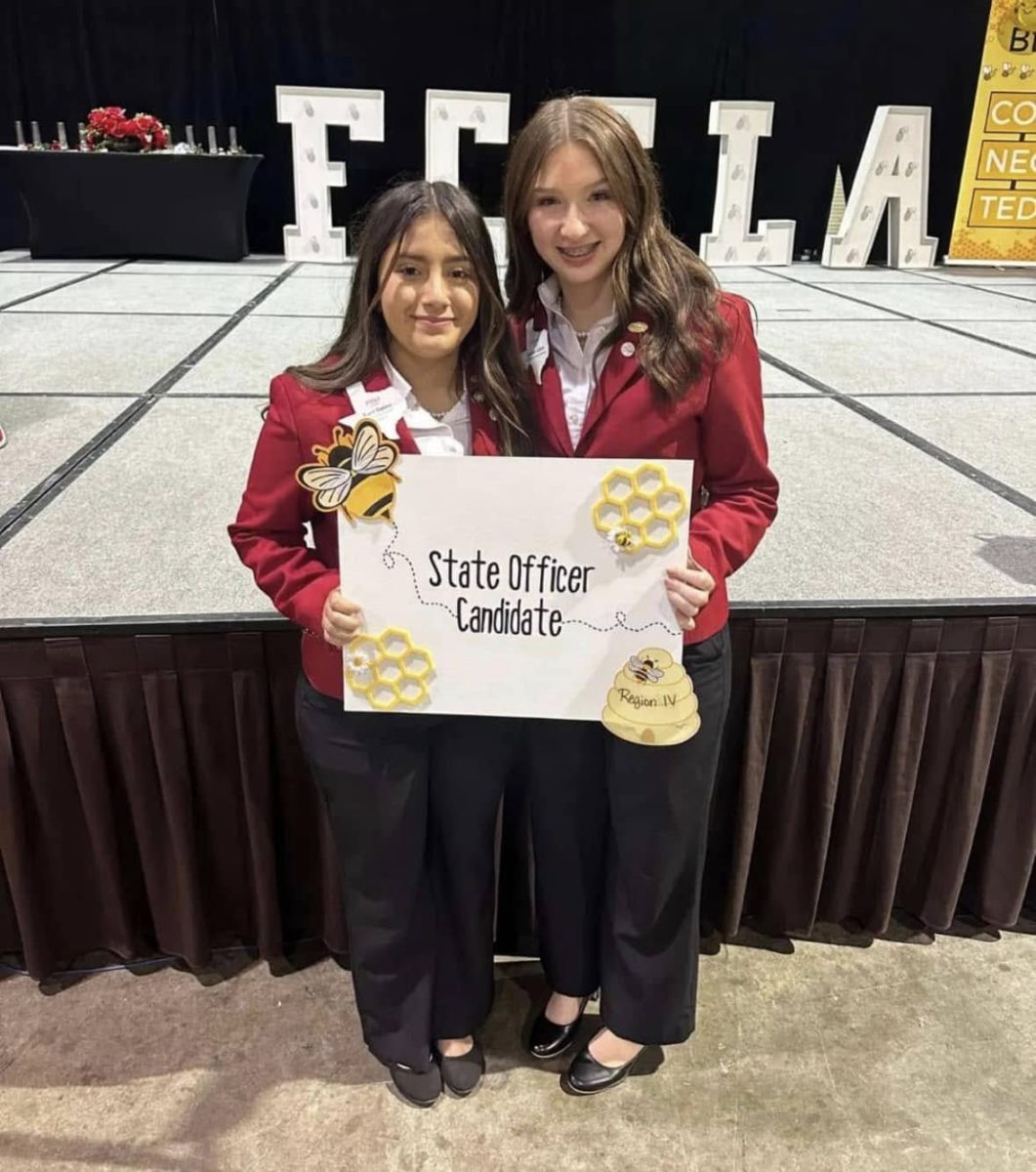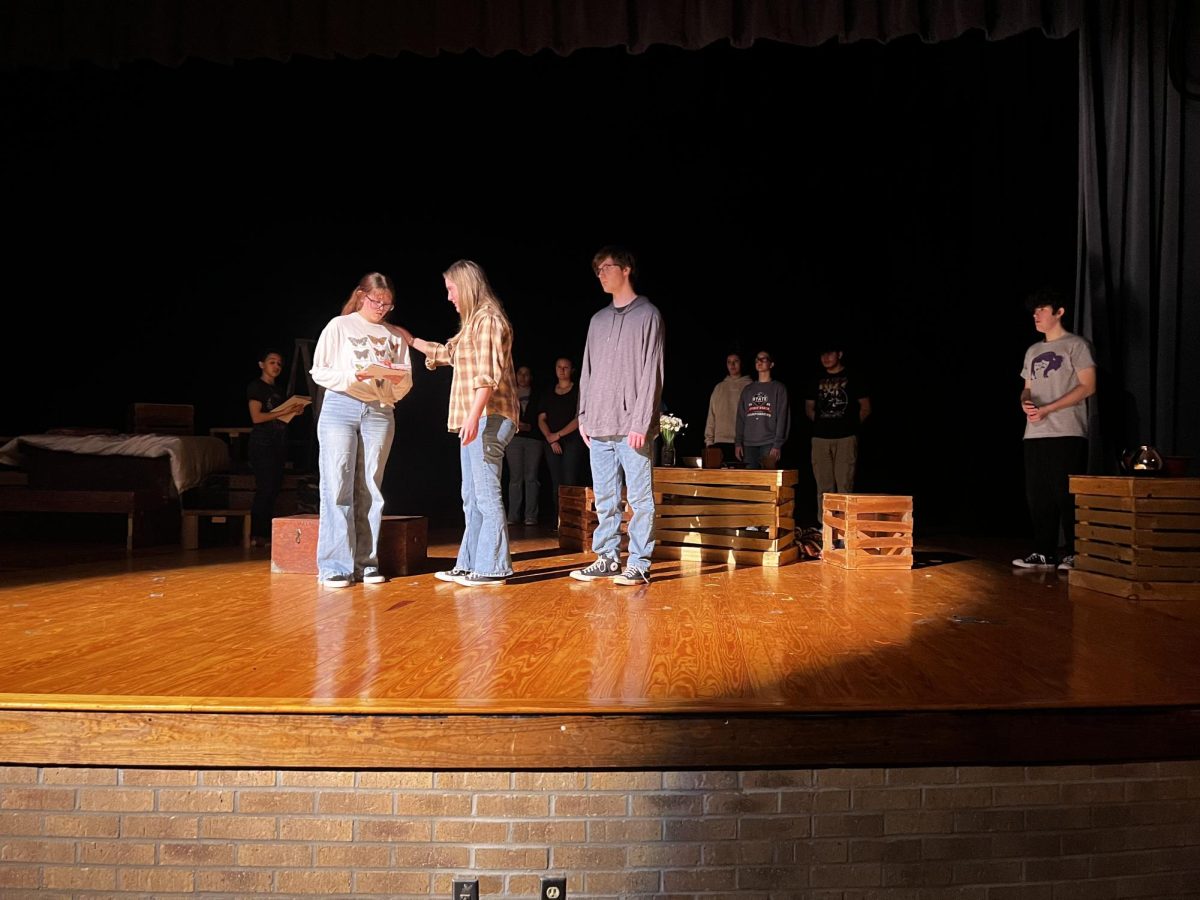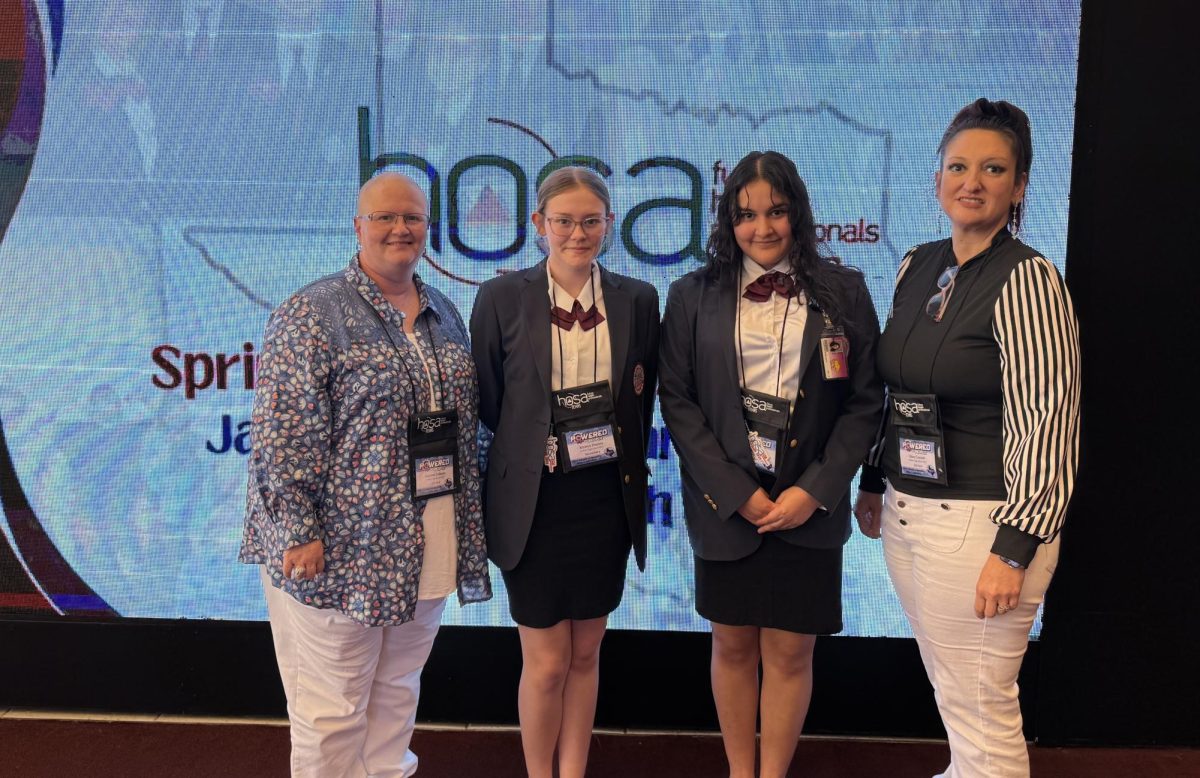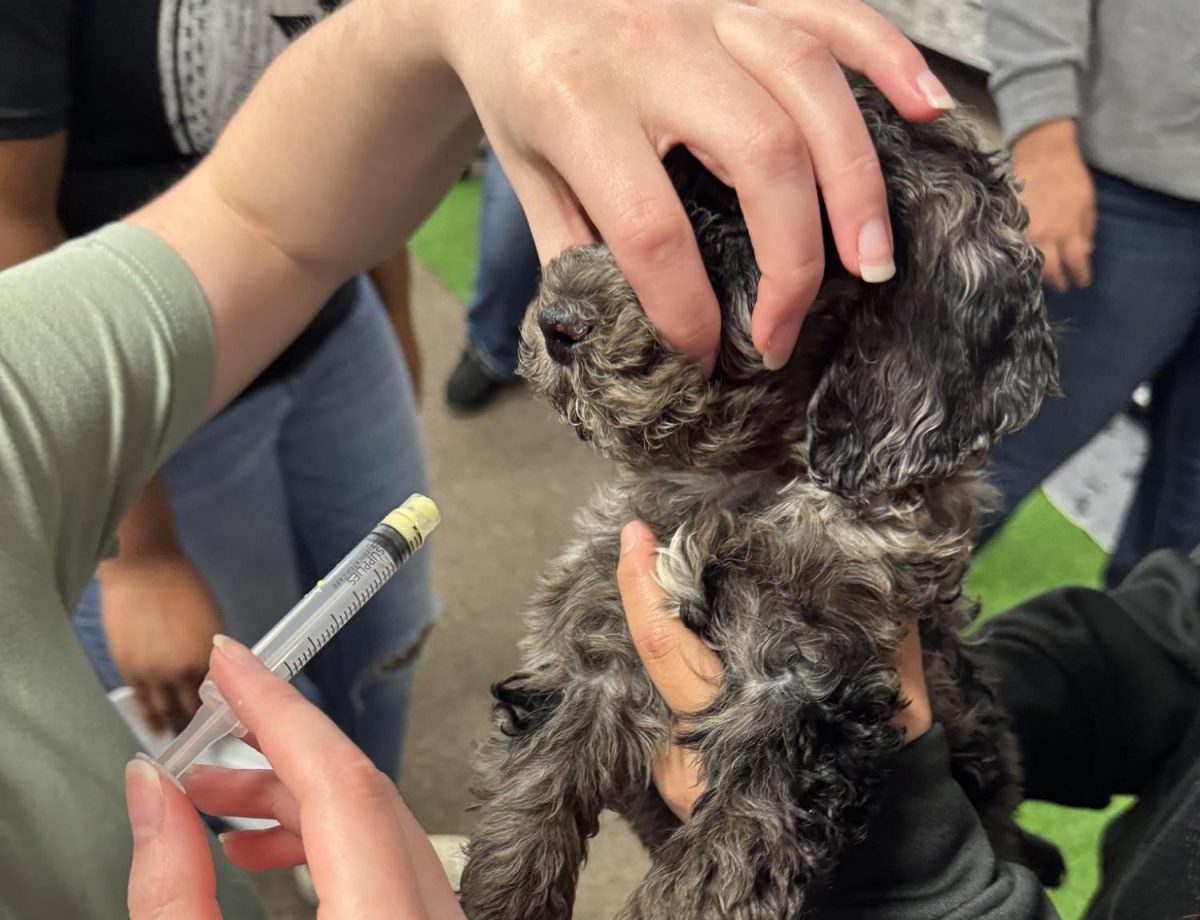Volunteer fire departments have been a cornerstone of American communities since before the nation’s founding. Benjamin Franklin established the Union Fire Company in Philadelphia in 1736, igniting a tradition of volunteerism that would spread across the country. In 2024, there were nearly 30,000 fire departments across the country, with more than half of them fully volunteer and about 82% relying at least partially on volunteer firefighters.
Buffalo, Texas, wouldn’t become a community until nearly a century later, so it was a while before they could become part of this legacy. Founded in the early 1870s with the arrival of the International & Great Northern Railroad, Buffalo spent its first century relying on informal efforts to combat fire emergencies. Residents banded together with bucket brigades and other rudimentary techniques, typical of rural areas in those days.
That changed 50 years ago with the establishment of the Buffalo Volunteer Fire Department. For the first time, the community could rely on an organized response to fires and emergencies. Under the leadership of Chief Shane Reeder, the department has grown significantly, with modern equipment, rigorous training programs, and a dedicated team of volunteers who work tirelessly to protect the community.
“The number one goal of the fire department is to provide rescue and firefighting operations for the citizens of our community,” Reeder said. “You can’t say city, because we cover such a big area: 154 square miles.”
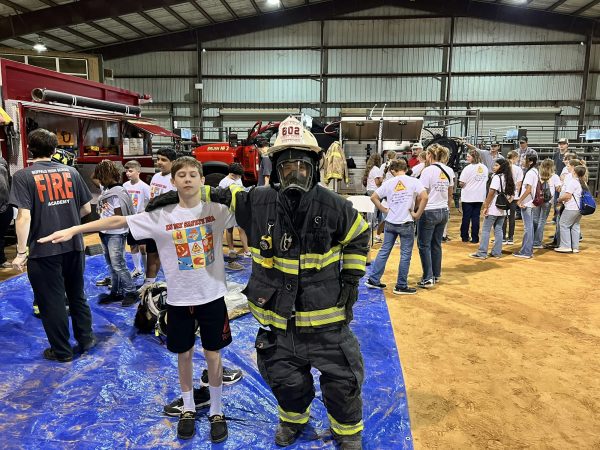
Known as ‘The Crossroads of Texas,’ Buffalo sits at the busy junction of Interstate 45, which connects Dallas and Houston, and US Highway 79 between Shreveport and Austin. This high-traffic location makes the department’s role critical, as they protect not only residents but also countless visitors passing through. Their responsibilities extend beyond fire emergencies to include responding to automobile accidents and a variety of other crises, ensuring the safety and well-being of the entire region. The volunteers who man the department consider it their duty to do just that. In fact, they consider it their civic duty.
“If somebody’s life is in danger, and I have the ability to save that person or help that person, then I’m obligated to do that. In the fire service, we take that a step further. We don’t just look at somebody’s life – we look at their life or their property. Even if I don’t have the ability to save their life or their property, if I can obtain that ability through hard work and discipline and training, then I’m obligated to do that hard work and discipline and training and gain the ability so that I can save their life or their property. That’s what civic duty is to me.
As dedicated as the existing members are, though, they are increasingly at a disadvantage. Because while the coverage needs of the community has grown, the size of the Buffalo Volunteer Fire Department has not. And unfortunately, that shortage of volunteers sometimes affects the ability of the department to do what it strives to do.
“Volunteer departments are faced with a lot of challenges,” Fire Captain Jacob Davis said. “One of them is volunteers. When you’re in these small towns, there’s not really people who want to come and help out their community, so one of the hardest challenges is to actually have people show up and help out.”
It’s not a problem that is isolated to Buffalo. Volunteer firefighter numbers have dropped 11% in the past decade, even as calls for service increased by 300%, according to the National Fire Protection Association. For any department, not having enough volunteers on hand when there is an emergency creates a domino effect of problems. For small rural communities, the issues are multiplied.
“Recruitment is a problem for the fire service everywhere, even paid departments,” Boettcher said. “Here we’re a volunteer department, and we are asking people to volunteer their time. We’re asking them to commit to training, to be willing to drop what they are doing at any time and show up for a call and risk their lives. In return, we offer them nothing. We have nothing to give. The only reason for people to do it is a sense of civic duty.”
One solution the department has invested in is the fire academy at Buffalo High School. While the program is new enough that it is working to find its rhythm, it has already resulted in students gaining certifications and joining the department. Senior Triston Johnson is one of these.
“Shane’s [Reeder] always got me really involved in the fire program ever since I’ve been on it, “Johnson said. “They started this program up and I figured I’d join, get me a good education maybe set a couple, of goals in my life, get a couple of certifications and pave the road ahead of me.”
The program at Buffalo High School is offered through Kilgore College. Jay Hucklebridge is one of the instructors who traveled to Buffalo to work with the students.
“These guys are doing the same stuff that I did when I was at fire academy but they get to do in high school,” Hucklebridge said. “As soon as they graduate they have their firefighting certification, so the only thing they’ll need is to go to an EMT school somewhere.”
But as much as the program benefits high school students wanting a jump-start on their future, joining the department is not limited to high school students. Any community member interested in joining can do so. Volunteer fire departments save communities $46.9 billion annually in unpaid labor, and for small rural departments, volunteers are critical. When there aren’t enough volunteers to go around, it means imposing on neighboring departments, which can have have a negative domino effect.
“If nobody responds to a call, in emergency service, whether it’s EMS or police or fire, just not showing up is not an option,” Boettcher said. “We have mutual aid agreements with other neighboring agencies so if we don’t have somebody responsible to respond, then they will respond to our district for us. We back each other up in those ways. But we have to remember that anytime we don’t have somebody available to respond and somebody is covering our area, that’s leaving a neighboring agency shorthanded and it’s putting a burden on them, so we do everything we can to respond to all the calls we can.”
And while being a part of the volunteer fire department may not result in a pay check, it is rewarding none-the-less.
“How do people join the fire department? Contact any of our members’” Reeder said. “Come up here to a meeting; we meet the first, second and fourth Monday of the month at 6:30 here at the firestation. They can come and join, or they can go to our website to join.”


